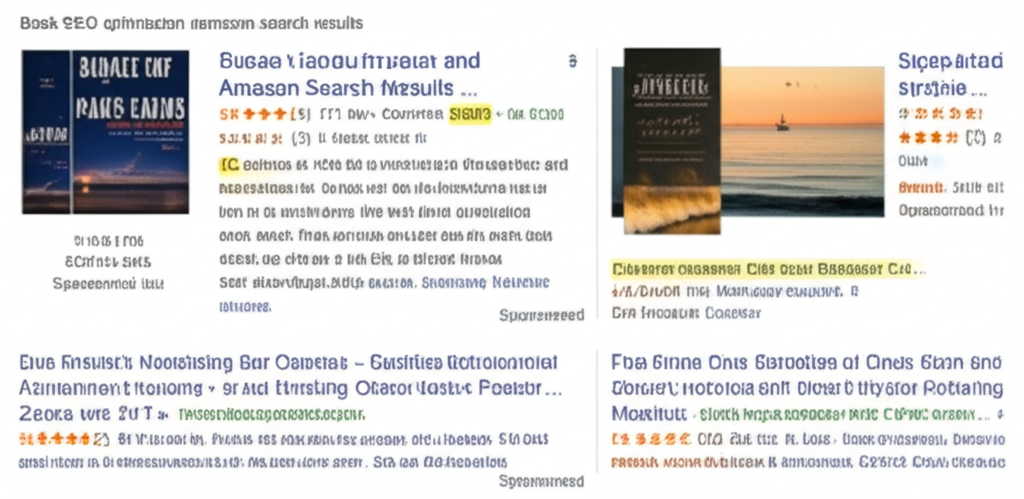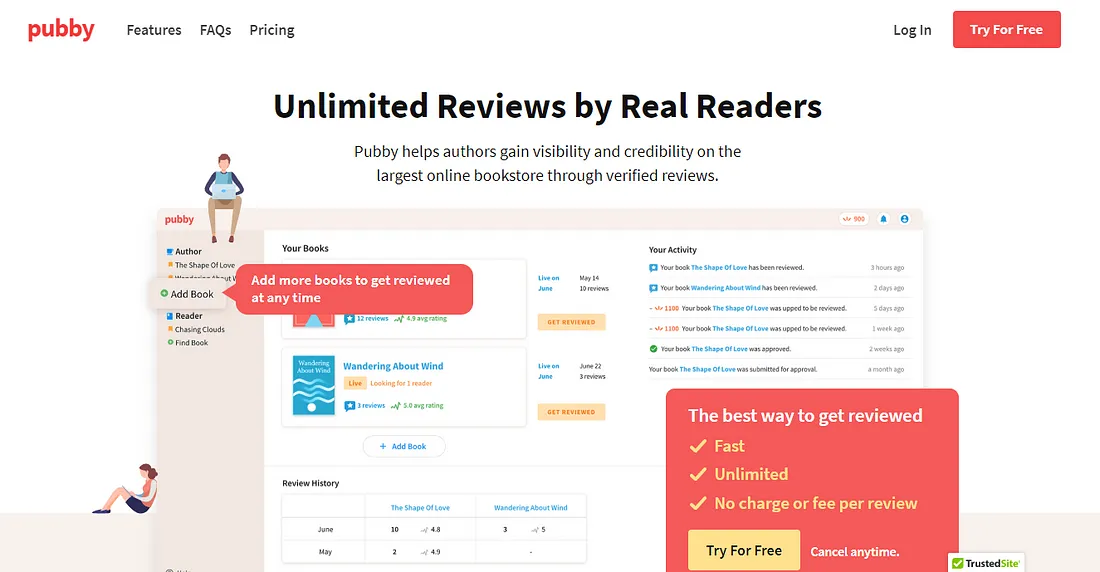Why Your Book Description Matters
Your book description isn't just for readers—it's also for Amazon's search algorithm. A well-optimized description can significantly improve your book's visibility in search results, leading to more organic discoveries and sales.
Keyword Research: The Foundation of Description SEO
Before writing your description, you need to know which keywords your potential readers are searching for. Here's how to find them:
1. Use Amazon's Search Bar
Start typing relevant terms in Amazon's search bar and note the auto-suggestions. These are based on actual search volume and can give you insights into what readers are looking for.
2. Analyze Competitor Books
Look at successful books in your genre and identify recurring keywords in their titles, subtitles, and descriptions.
3. Utilize Keyword Research Tools
Tools like Publisher Rocket, Helium 10, or even Google's Keyword Planner can help you identify high-volume, low-competition keywords relevant to your book.
Crafting an SEO-Friendly Description
Once you have your keywords, it's time to incorporate them into your description. Here's how:
1. Front-Load Important Keywords
Place your most important keywords in the first 150-200 characters of your description, as this is what readers see before clicking "Read more."
2. Use HTML Formatting
Amazon allows certain HTML tags in book descriptions. Use <h2> tags for headings and <b> tags to bold important phrases, especially those containing keywords.
3. Write for Humans First, Algorithms Second
While keywords are important, your description must primarily engage human readers. Avoid "keyword stuffing" that makes your text sound unnatural.
A/B Testing Your Description
Don't be afraid to experiment with different versions of your description to see which performs better. Amazon allows you to update your description at any time, so use this to your advantage.
Case Study: Before and After
One of our Read & Rate authors saw a 43% increase in organic traffic to their book page after implementing these SEO strategies. The key was finding the right balance between keyword optimization and compelling copywriting.





